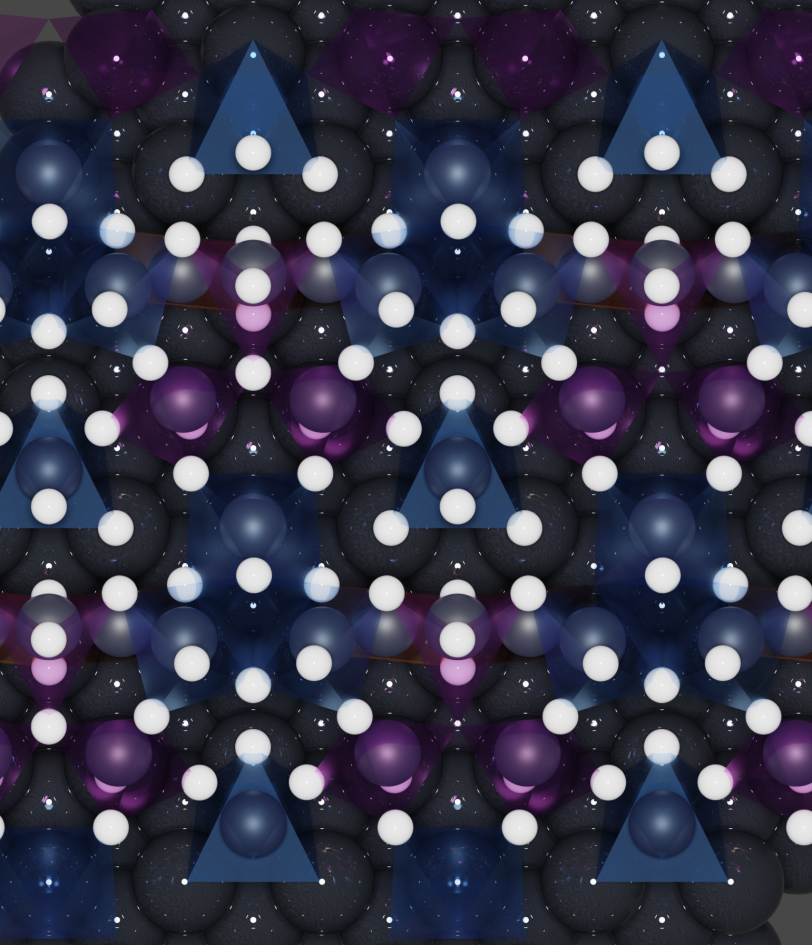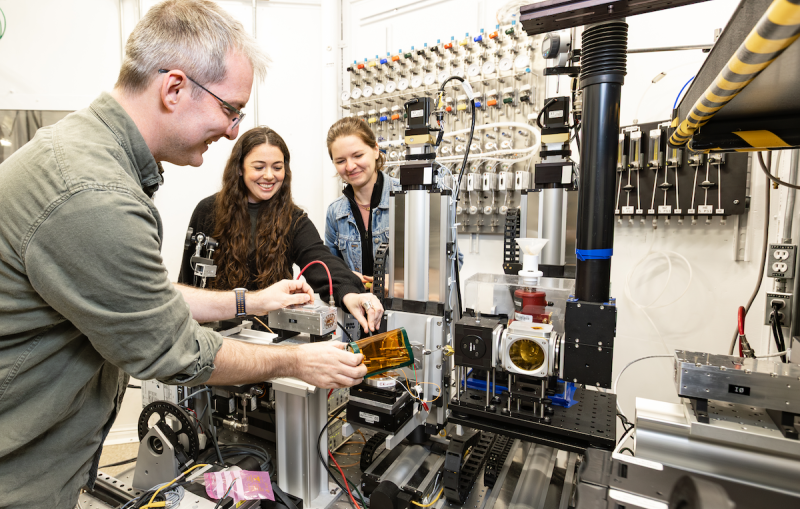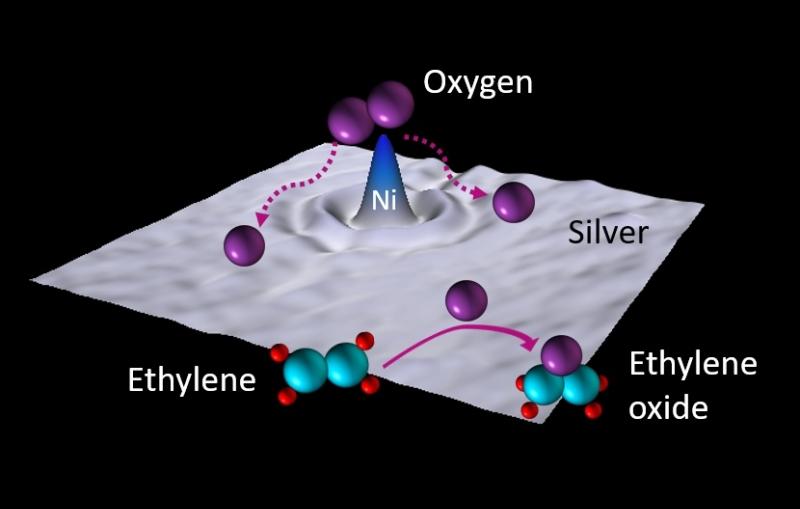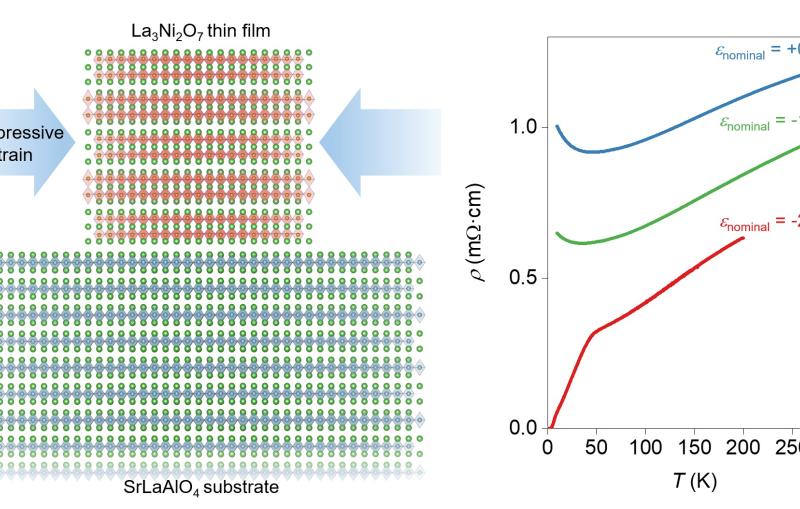Solving the case of the missing platinum
SSRL scientists have figured out how platinum electrodes dissolve, potentially paving the way for renewable energy improvements.
By Collin Blinder

For nearly two decades, scientists have tried to understand how negatively polarized platinum electrodes corrode, a costly mystery that plagues water electrolyzers, a promising energy technology for making hydrogen, as well as electrochemical sensors using platinum electrodes.
Now, a close collaboration between researchers at the Department of Energy’s SLAC National Accelerator Laboratory and the Leiden University has finally identified the culprit, potentially paving the way for cheaper hydrogen energy production and more reliable electrochemical sensors. The results were published in Nature Materials.
Electrolyzers and many other electrochemical devices often rely on negatively polarized platinum electrodes submerged in an electrolyte – essentially saltwater. That’s an expensive but durable and generally stable option, “but being quite stable doesn't mean it doesn't degrade," says Dimosthenis Sokaras, a senior scientist at Stanford Synchrotron Radiation Lightsource (SSRL) and the SLAC team’s principal investigator.
For most metals, being negatively polarized protects against corrosion. But platinum electrodes can rapidly break down under these conditions, a strange quirk that has puzzled scientists.
"If you take a piece of platinum and you apply a very negative potential, you can dissolve your platinum in a matter of minutes," says Marc Koper, a professor of catalysis and surface chemistry at Leiden University, and the Leiden team's principal investigator.
Two prominent theories had attempted to explain this process. Some scientists thought that sodium ions from the electrolyte solution were to blame. These ions, the thinking went, pushed their way into the platinum’s atomic lattice and formed platinides – platinum atoms lugging around positively-charged sodium ions – that peel away. Others suggested a similar process but pointed the finger at sodium and hydrogen ions – that is, protons – working together to produce platinum hydrides instead.
The research team knew they would need to somehow observe platinum as it was corroding in an electrolyte while making lots of hydrogen. To do so, the team turned to SSRL where researchers have developed high-energy-resolution X-ray spectroscopy techniques that could penetrate the electrolyte and filter out other effects, allowing the researchers to focus in on subtle changes in the platinum electrode in operando, or during operation.
"High-energy-resolution X-ray absorption spectroscopy, for us, was the only technique we could come up with that could sort of deal with the experimental conditions," said SLAC scientist Thom Hersbach.
In addition, the team developed a special “flow cell,” Sokaras said, that could clear hydrogen bubbles that form during the electrode’s operation and interfere with the X-ray experiment.
Using those capabilities together, the team made the first ever observations of platinum actively corroding, recording X-ray spectra from the negatively polarized electrode's surface.
Prior to running the experiment, the researchers had a hunch that hydrides were to blame for the corrosion, but it took several years of analyzing the data before they could prove this hypothesis.
"It just took loads and loads of different iterations of trying to figure out 'how do we accurately capture what's going on?'" Hersbach said.
Using computational models of platinum hydrides and platinides, the researchers simulated the spectra they would expect to see from each structure under the SSRL X-ray beam. Comparing the numerous simulated spectra with the results of their experiment confirmed that only platinum hydride could have produced their results. “By advancing the frontiers of X-ray science, SSRL has developed operando methods that, combined with modern supercomputing, now allow us to tackle decades-old scientific questions,” Sokaras said.
Now, the team's findings can be used to develop solutions for platinum corrosion in electrolyzers and many other electrochemical devices. The project, Koper says, "shows how important in science it is to put a lot of expertise together."
SSRL is a DOE Office of Science user facility.
Citation: Thomas Hersbach et al., Nature Materials, 22 January 2025 (10.1038/s41563-024-02080-y)
Contact
For questions or comments, contact SLAC Strategic Communications & External Affairs at communications@slac.stanford.edu.
About SLAC
SLAC National Accelerator Laboratory explores how the universe works at the biggest, smallest and fastest scales and invents powerful tools used by researchers around the globe. As world leaders in ultrafast science and bold explorers of the physics of the universe, we forge new ground in understanding our origins and building a healthier and more sustainable future. Our discovery and innovation help develop new materials and chemical processes and open unprecedented views of the cosmos and life’s most delicate machinery. Building on more than 60 years of visionary research, we help shape the future by advancing areas such as quantum technology, scientific computing and the development of next-generation accelerators.
SLAC is operated by Stanford University for the U.S. Department of Energy’s Office of Science. The Office of Science is the single largest supporter of basic research in the physical sciences in the United States and is working to address some of the most pressing challenges of our time.





